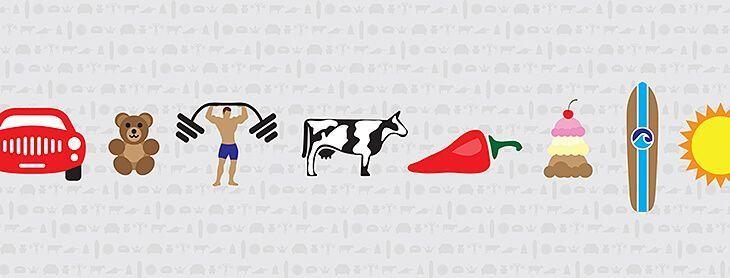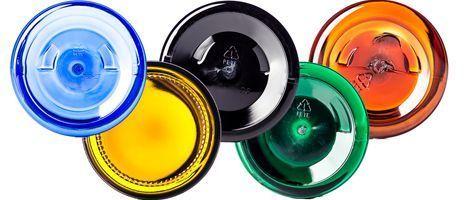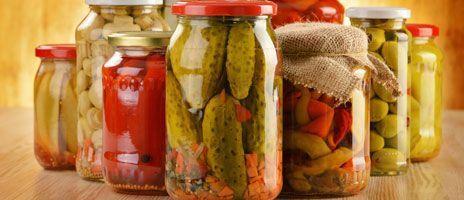The "What Is" Plastics Series: Mysterious plastic #7, OTHER


Interactive media is on the rise. Don't worry, I'm not going to force you to participate in a survey or submit a video of your summer vacation hand-in-hand with your favorite containers (Although that could be fun, what do you say to a round of Where in the world is Barry the Blue Boston?) Instead there’s a cheesy diddy in the next paragraph to be sung to the tune of Rudolph the Red Nosed Reindeer. Do it, you won’t be disappointed.
You know polyethylene, in low density (LDPE), high density (HDPE) and terephthalate (PET) varieties. Polyvinyl chloride (PVC), polypropylene (PP) and polystyrene (PS), but do you recall the most conglomerate plastic of all? OTHER!
Who says you can't celebrate the holidays in June, with plastic? That may not be your most memorable caroling experience but OTHER, the seventh and final resin category truly is worth singing about. With such a nondescript name, the OTHER plastic type isn't as specifically defined as the six resin categories we've discussed previously. OTHER's back story is rife with drama, mystique, greed and success. Read on to unfold the saga.
The six distinct resin classifications (PET, HDPE, PVC, LDPE, PP, PS) were established in 1988, based on the most prevalently used plastic materials at the time. Any other plastic types were thrown into the, wait for it, OTHER category. No one really knows why there are only seven categories of plastic. Their utility makes plastics a worldwide wonder, maybe that's why there are seven categories, to match each wonder of the world. Or maybe the guy responsible for classifying the resins got bored after six and decided to generalize the final category to allow for any existing or foretold resin additions. Reason surrounding the plastic classifications are hazy, but remember it was the eighties, stranger things (hammer pants?!) have happened. Watch our video to see our theory.
OTHER is a mixed bag of different plastics. Imagine a mosaic, a stunning piece of artwork made from thousands of smaller, notable works. That's the OTHER category. OTHER plastics can stand alone or be combined with any type of plastic, working together to form a new OTHER combination. Packaging that consists of two or more commonly used plastics, for instance a reusable beverage mug that is built from one type of plastic on the outside, but is lined with another falls into the OTHER category.
Some of the most common OTHER resins include acrylic in the form of contact lenses, dental fillings and paint. Fiberglass in thermal and electrical insulation as well as bows and arrows are considered OTHER products too. Polycarbonate is an OTHER derivative also, providing plastic constructs for auto parts and toys.
OTHER plastics are also prevalent in food related equipment and packaging. Nylon is often used to wrap meat products before purchase. Polyactic acid (PLA), a plant-based plastic is used to make biodegradable cups. Acrylonitrile Butadiene Styrene is responsible for the strength of many kitchen appliances. And even polycarbonate can be constructed into several useful food container applications.
Though OTHER is an important component of the plastic family, we do not stock this resin type in our warehouses. We supply our customers with a vast selection of bottles, jars and closures in each of the six other resin classes (PET, HDPE, PVC, LDPE, PP, PS) and if it's not in our stock, we're happy to help you find the exact packaging (in the exact plastic) you're looking for.
Watch “What is OTHER?”, our final installment of the CPS Video's What is ¦ plastic series. Then tell us which video is your favorite in the comments!




